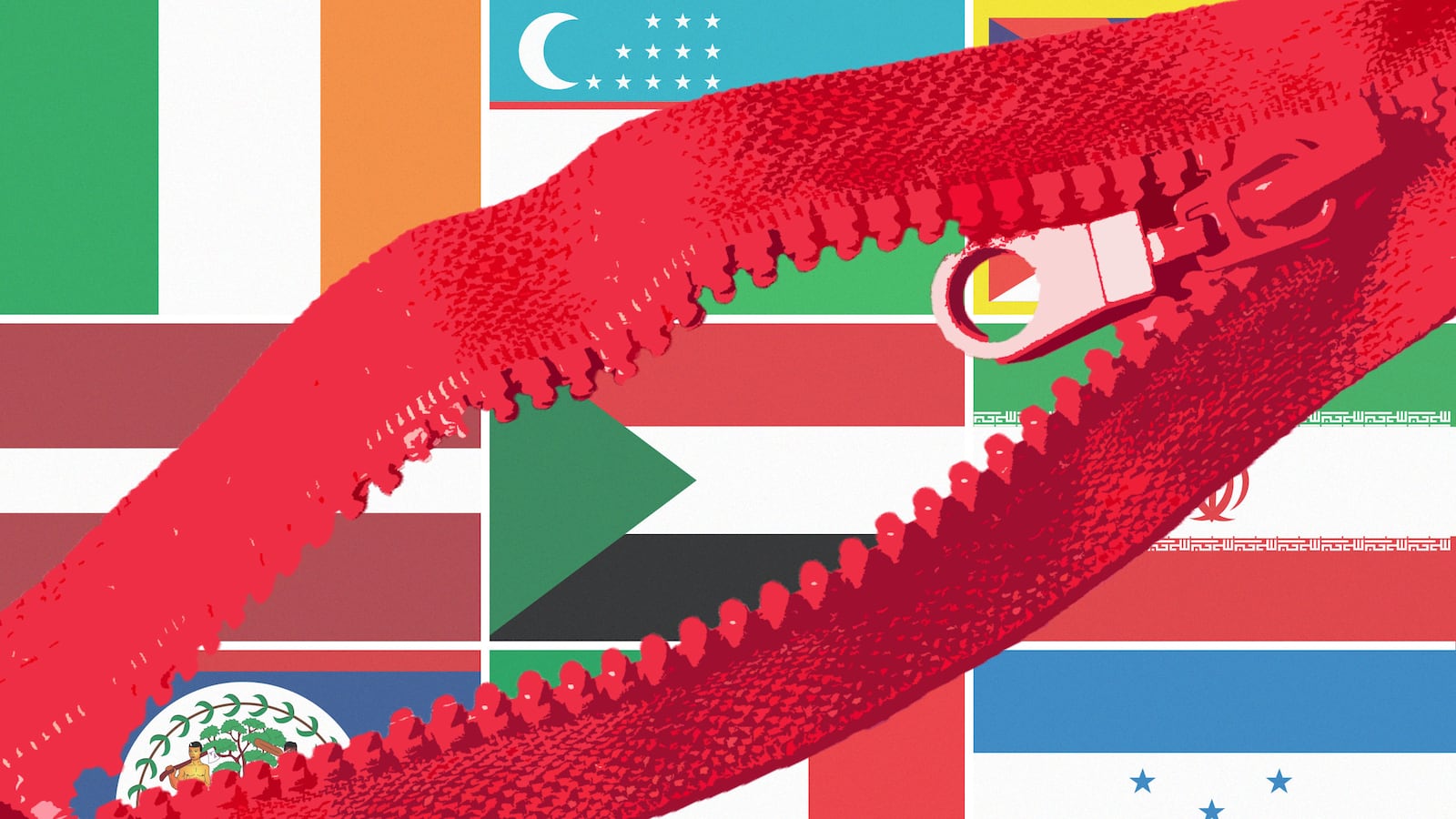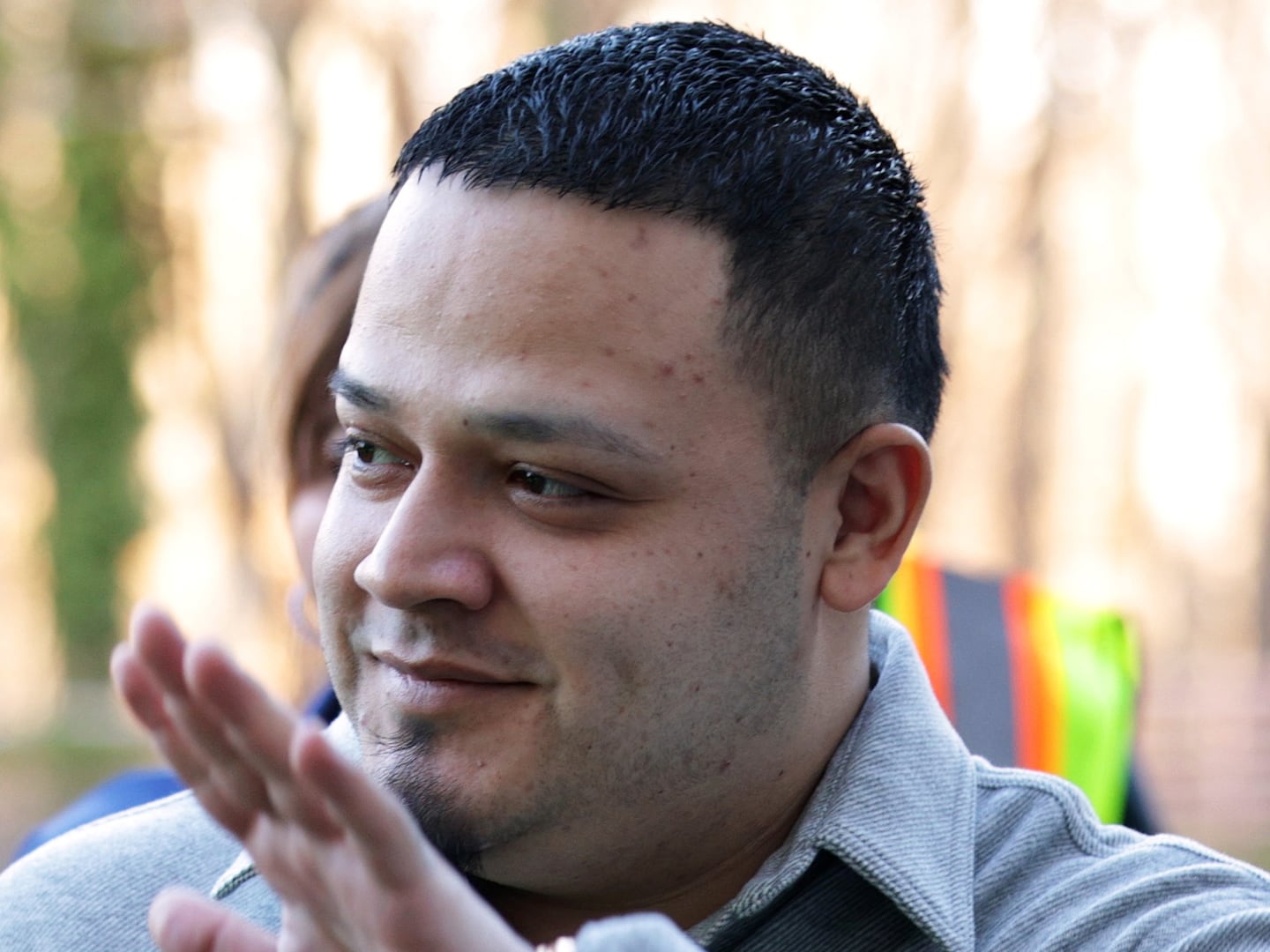Kaji Sherpa remembers two key parts about his childhood in Nepal: being responsible for looking after a herd of cows and having an excellent view of the highest mountain in the world.
He would stare up at Mount Everest’s breathtaking expanse and the golden crown that was rumored to be sitting at its peak. “I used to think that one day, I will look at that golden crown,” Sherpa said in his native tongue of Sherpa, an unwritten language spoken by a community of only about 50,000 people.
Years later, “Mr. Speed,” as he is fondly called these days, did just that. Well, not the illusive golden crown part, but he made it to the top of the mountain and now is known to hold the speed record for climbing Everest.
His story is one of almost a dozen personal narratives recorded for the Endangered Language Alliance’s (ELA) Voices of the Himalayas project in an attempt to document endangered dialects and “deeply meaningful human experiences,” said project coordinator Nawang Tsering Gurung.
But the project is only one example of the work that the language alliance has done over the last six years in an effort to help revitalize and meticulously document languages before all fluent speakers are gone.
The world’s languages are disappearing at an unparalleled rate. Hundreds of them have shriveled down to only a few fluent speakers, and within a century, many of the world’s 7,000 languages are expected to have disappeared altogether, according to the Endangered Language Alliance’s website.
With each language lost, piles of extremely valuable information—from migration patterns to food recipes—vanishes along with it.
Six years ago, linguist Daniel Kaufman launched the ELA to help rewrite that dismal linguistic forecast.
Today, the organization has worked with at least 60 languages, hailing from the Caribbean to the Middle East and everywhere in between. In some cases, that work means supporting active revitalization efforts within the community, such as hosting classes on the Mayan language K’iche’, but many times it means initiating a last-ditch effort to document as much of the language as possible before all of its fluent speakers are gone.
The ELA is based in New York, a hotbed of language diversity that touts some 800 dialects. Last week, the organization released an in-depth map detailing the nearly 200 languages spoken in Queens, New York.
It includes the more obvious language communities, such as placing Greek in Astoria and Spanish in Corona.
It also pinpoints the lesser-known language communities, such as Sarnami Hindustani (a dialect combining elements of Dutch, the Indian language Bhojpuri, and the Creole language Sranan) in Richmond Hill, and Bukharian in Forest Hills (one of the biggest communities of the Central Asian language in the world).
And then there are the more historical linguistic phenomena, such as the languages created by gangs on Rikers Island so the jail’s guards couldn’t understand what they were saying.
The map was part of a Queens Museum exhibit and published in Nonstop Metropolis: A New York City Atlas.
The ELA is now working on maps of the rest of the boroughs, said Ross Perlin, the organization’s assistant director. “Together it will form a kind of unprecedented language map of New York,” he said.
But the organization has much more work to do if it’s going to have a sizable impact on the world’s many disappearing languages.
“It’s pretty challenging work, and the trend lines are not great,” said Perlin. In fact, just last month the last fluent speaker of the Native American language Wichita died in Oklahoma.
So what is actually lost when a language ceases to exist? Language activist Ken Hale, who died in 2001, described that loss the best: “It’s like dropping a bomb on a museum, the Louvre.”
Languages can reveal everything from cultural and botanical information, to major historical events and human migrations. For example, linguists believe that a tribe on the island of St. Vincent had a strong influence on the Garifuna language because a group of escaped West African slaves intermarried with members of the island’s locals.
Languages can also reveal telling details on what life was like for early migrants. In a recent recording for the Voices of the Himalayas project, Tsering Paljor described his journey almost 20 years ago from Tibet to New York.
In his native language of Tibetan, he explained what it was like never going to school and then landing at the JFK airport without knowing any English, and making a living doing construction work.
Today, he works as a very popular cook for those in the Himalayan community of New York. “These are stories that really have lived in people’s languages; in their mother tongue,” said Perlin.
In 2012, the ELA launched a sister organization in Toronto, another highly linguistically diverse city that has some 200 languages. Other organizations, linguists, and policymakers throughout the world have also been doing endangered language documentation work.
But most only got started within the last two decades, which means that—like the ELA—they are working up a very steep incline to salvage those dialects that still exist. “Some of this is really kind of last-minute work,” said Perlin.
The prospects are not all bleak. The ELA now has hundreds of hours of video and audio recordings of dozens of languages, many of which you wouldn’t be able to even find online.
Some of that footage is actually the first time the dialect has ever been recorded. Their classes have also helped revitalization efforts of languages, such as Hawaiian, which had less than 100 fluent speakers in the 1970s, and has grown to thousands of speakers, said Perlin.
They are surely making some important progress. But in an area in which each language lost means valuable information about a community’s history and culture disappears too, some progress might not be quite good enough.






